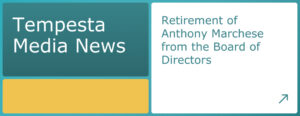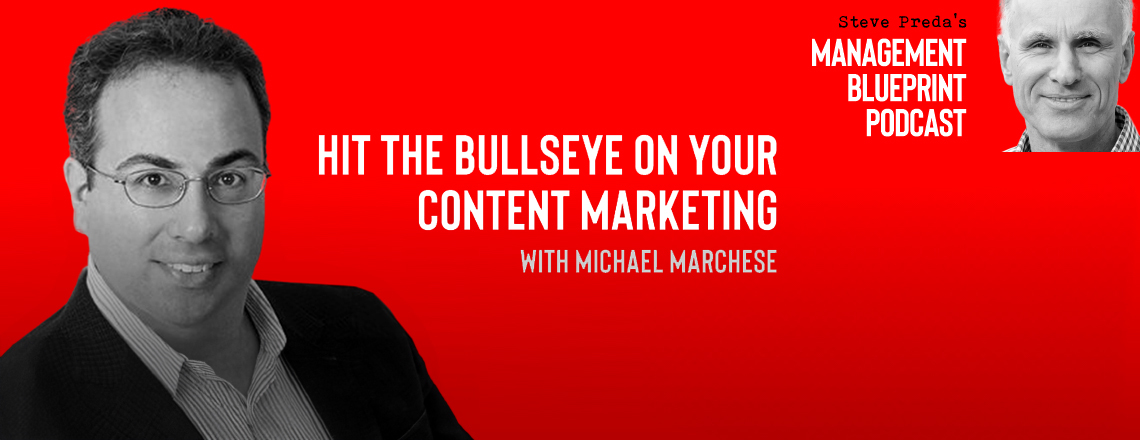Back in the “good old days,” creating a trusted brand that attracted strong sales and high customer satisfaction ratings was as simple as planting a pair of “golden arches” on every other street corner in America.
It was easier to establish and maintain a successful brand when consumers were given very few options from which to choose.
These days, the Internet offers millions of choices to billions of consumers, making it very challenging to successfully launch any product, let alone build a brand around one. However, the amazing content marketing examples below demonstrate that today’s clever marketers are harnessing the power of the Internet to build their brands online, and they each focused on a different corporate metric to achieve their goal.
Marriott International, Inc.
This global hotelier manages 18 hotel brands, one of which is Renaissance Hotels. The chain is designed for business travelers who explore the world while also doing business in it. In 2012, Renaissance created two content marketing platforms to help their guests engage in local cultures both inside and outside the hotel facility.
“The Navigators” platform provides suggestions and insights about the city in which the hotel is located. The “RLife LIVE” platform directs guests to art, dining and cultural discoveries within the hotel itself. Both platforms offer content-rich information to engage patrons online and follow that effort up with those guests when they venture out offline.
In addition, in May 2012, the chain launched their revamped RenHotels.com website. Not just a hotel website, the portal acts as the curated presentation venue for the more than 6,000 “local discoveries” that can be found in and around their 155 hotels worldwide. Consequently, the brand’s website experienced record-breaking traffic and exponential growth in customer engagement as it established the chain as a cultural and comfort industry leader. And all that traffic was gained with little or no mention of high-thread-count sheets or cable TV.
American Express
One of the longest, most successful content programs for this company is its “American Express Unstaged” platform that streams live concerts to fans across the world. Its 2011 live-streamed Coldplay concert event became the largest single artist event at that time on YouTube. Fans receive not just the concert, but also exclusive videos before and after. The 2015 “Taylor Swift Experience” offers viewers a 360-degree “cinematic interactive musical experience” that can be downloaded through the AppStore® and GooglePlay®. The “Unstaged Artists In Residence” showcases the music of four rising international musical talents, who not only get to present their skills to Amex card members, but also will receive best practice tips from digital marketing sites YouTube, Twitter and Instagram.
The point of the program is to convert potential card users into actual card users by creating memorable experiences for cardholders, their friends and families. The company has since branched out to stream sports and other entertainment opportunities.
L’Oreal
Thinking completely outside the shampoo bottle, in 2011, L’Oreal’s Garnier Fructis brand partnered with Rolling Stone magazine to jointly run a content campaign focused on discovering emerging musicians and their styles. The hair company launched a survey, asking site visitors to vote on who should become the first unsigned artist to appear on the music magazine’s coveted cover.
The partnership took the project one step further in 2012 when they jointly launched the “Women Who Rock” annual issue, inviting customers and readers alike to vote on strong female musicians. The 2012 winner, Karmin, was featured on the flip cover opposite Adele. The second year of the program surpassed the targets and benchmarks set and inspired marketing shifts towards Millennials.
Lessons learned
These examples and other truly innovative corporate marketing adventures demonstrate the big lessons that can teach all marketing professionals, digital or otherwise:
1. Focus on existing and potential customers. Maintain loyalty while inviting new friends.
2. Focus on top-of-the-funnel customer engagement and awareness. Attract ideas and relationships through education and information.
3. Amplify the strategy through many channels and encourage sharing across them, too.
4. Invest an appropriate amount of resources into the project. None of these projects were inexpensive or completed in a hurry, but instead had the financial, creative and HR resources available to make them great well before the “Enter” button was clicked.
5. Stay true to the brand. Its quality underscores the quality of the marketing campaign, and, in the end, will be the real reason customers continue to return to shop for more.
The digital media universe that is offered through the Internet creates the same potential for unique and innovative marketing campaigns as those that were invented so brilliantly in the mid-twentieth century.
If you have a content marketing program, or are planning one, download our ebook: 100 mistakes businesses make when starting, optimizing and scaling content marketing programs. Learn from the mistakes of hundreds of other companies. 100 mistakes walks you through common and uncommon challenges that they faced with their content marketing programs.











